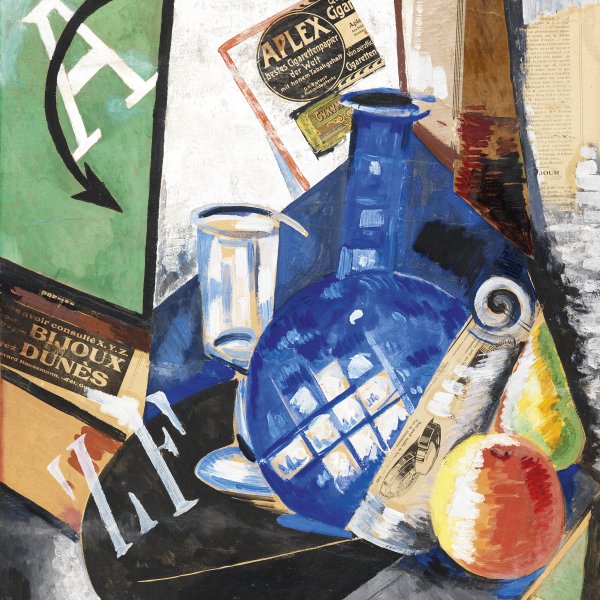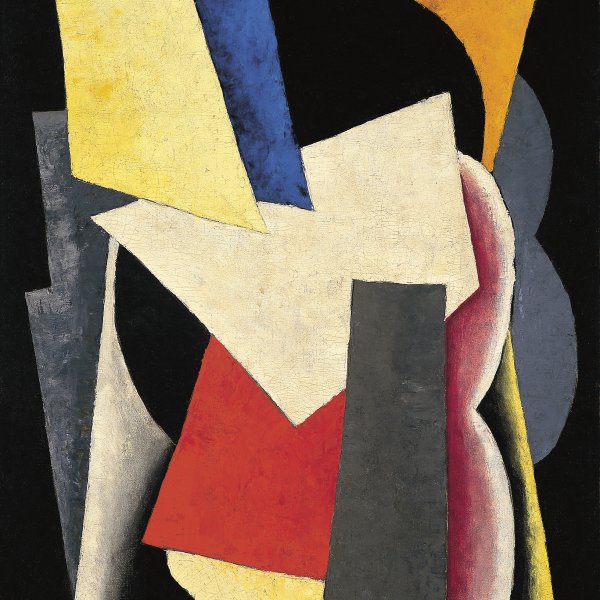Cubism
1914
Oil on canvas.
72 x 60 cm
Museo Nacional Thyssen-Bornemisza, Madrid
Inv. no.
776
(1984.19
)
ROOM 43
Level 1
Permanent Collection
Nadeshda Udaltsova first came into contact with the Cubist movement while training under Henri Le Fauconnier and Jean Metzinger in Paris.When she took part in the Jack of Diamonds exhibition in Moscow that brought together the advocates of a return to Cézanne and the followers of Cubist painting in 1914, it was already clear that Cubism had become a fundamental language for her. Even when she later joined the Supremus group and followed the guidelines of Suprematism, her style was closer to Cubism than to Suprematism strictly speaking.
Programmatically entitled Cubism, the painting in the Thyssen-Bornemisza collection is one of her characteristic depictions of the Cubist urban landscape. As in the Cubist visions of streets painted by fellow Russian Olga Rozanova, Udaltsova provides a fragmented glimpse of the city in which rays and lines of force coexist alongside inscriptions borrowed from the analytical Cubism of Picasso and Braque.
Paloma Alarcó
Programmatically entitled Cubism, the painting in the Thyssen-Bornemisza collection is one of her characteristic depictions of the Cubist urban landscape. As in the Cubist visions of streets painted by fellow Russian Olga Rozanova, Udaltsova provides a fragmented glimpse of the city in which rays and lines of force coexist alongside inscriptions borrowed from the analytical Cubism of Picasso and Braque.
Paloma Alarcó










